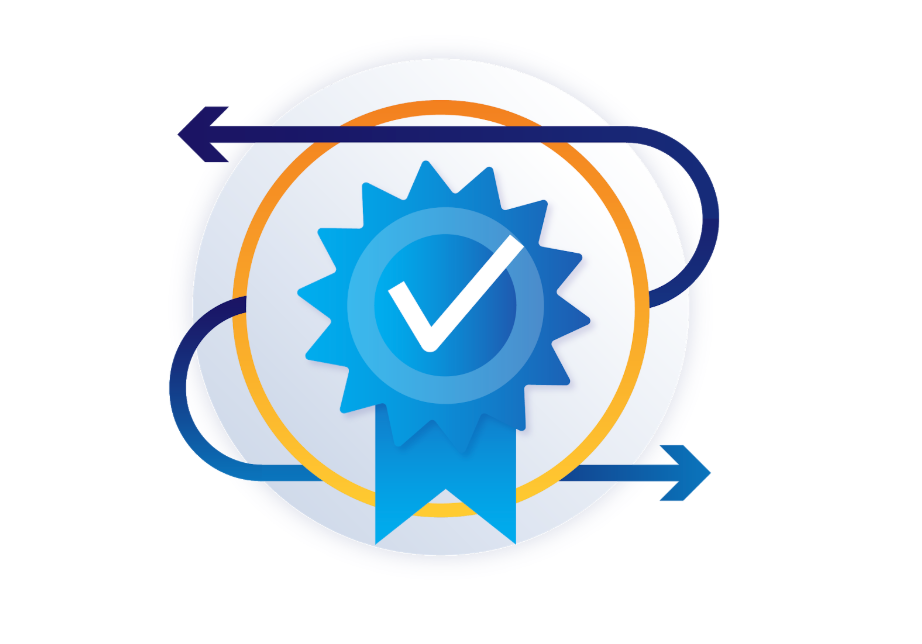Financial Services Company Becomes More Secure and Agile
Flexible IT Infrastructure Required for Operation
Being #1 has its own kind of pressure. When you’re #2 in the market you have a clear goal: topple the #1. What’s the mindset of a market leader? Watch your back? Protect what you have? Ignore everything?
Harel lnsurance lnvestments & Financial Services is the leader of Israel’s insurance market. It has four big rivals competing for its business and must be conscious of outside disruptors turning the market on its head. An understandable strategy might be for Harel to sit tight and protect what it has.
Instead, Harel wants to transform its entire approach. It doesn’t just want to be big, it wants to be fast. It wants to succeed by being the first to launch new services, by exploring new forms of customer engagement, by being innovative.
Harel, formed through a series of mergers and acquisitions, wants to:
- Create an efficient, flexible IT infrastructure to support its entire operation
- Automate human process, shifting IT’s focus from maintenance to new service development
- Remove barriers to storage, performance and network, allowing developers to be faster to market with new services
IT will become the ‘silent leader’ of change throughout the business, proactively steering Continue reading




